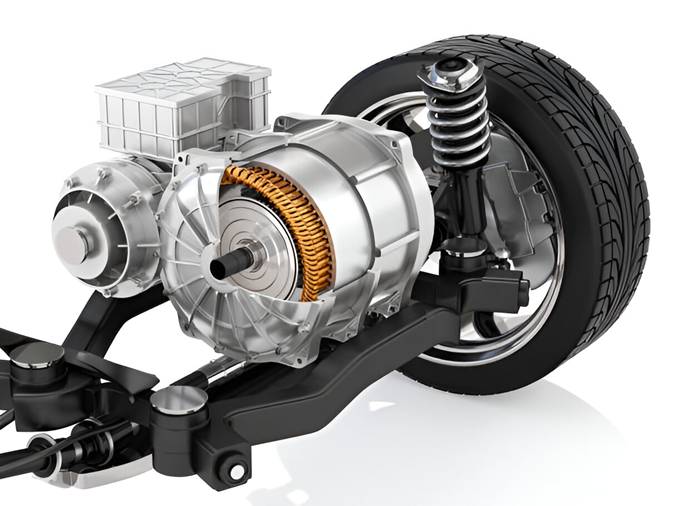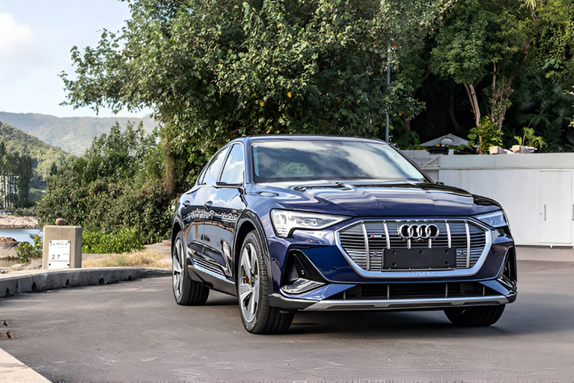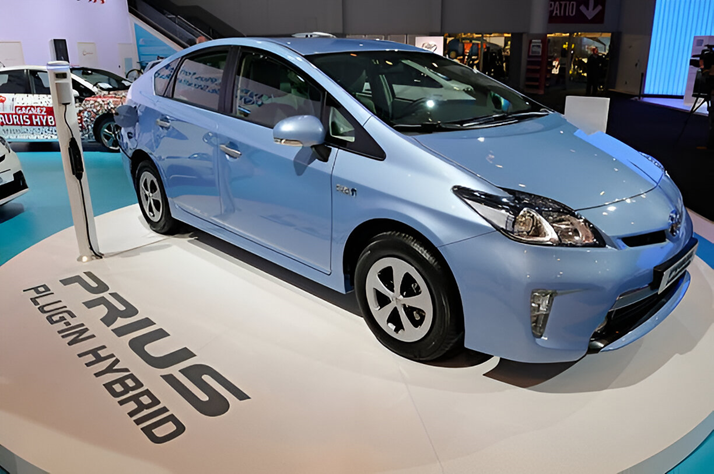
If you take a look under the hoods of your favorite EVs, it may reveal a fascinating secret: They have different motors with different features. Let’s explore 3 different types of EV motors, how they work and what makes them different from each other.
Electric vehicles (EVs) use advanced motors which convert electrical energy into kinetic energy. The three main types of motors used in EVs are Permanent Magnet Synchronous Motors (PMSMs), Induction Motors and Synchronous Reluctance Motors. Each type has its own unique design, advantages, and applications.

Permanent Magnet Synchronous Motors (PMSMs) are highly efficient and provide a strong performance. These motors are manufactured with rare earth magnets that produce a stable magnetic field and thus, this allows the motor to generate a strong torque with exceptional efficiency (over 90%).
This high efficiency makes them ideal for high-performance electric cars where enough power and energy conservation are of crucial importance.

However, the precious rare-earth materials used to manufacture PMSM motors may drive up the costs and raise some environmental concerns. Despite such issues, PMSMs are being used in many top-of-the-line EVs such as Tesla Model S and Chevrolet Bolt.
Want to buy a high-performance EV at lowest price? Check out our latest catalog here.
Induction motors operate on the principle of electromagnetic induction where alternating current (AC) generates a rotating magnetic field to drive the motor. Unlike PMSMs, induction motors don’t use any permanent magnets and that is why they are more affordable and longer-lasting.
They are capable of high-speed operations and are relatively simple in design and have fewer parts that can wear out over time.

Induction motors are robust and affordable but they are a bit less efficient (between 80-90%) than other types of EV motors, especially at lower speeds. This is why they are used in more affordable EVs, like the 2023 Audi e-tron.
Want to save more? Check out how much tax incentives you can get for buying an EV
Synchronous reluctance motors are the latest technology and use magnetic reluctance to drive the motor and produce motion. These motors don’t use permanent magnets and hence are more affordable and less complex than other types of motors in EV. They typically have an above-average efficiency, around 85-90%, and are much simpler to manufacture as compared to PMSMs or induction motors.

While the synchronous reluctance motors may not achieve top performance like PMSMs, the fact that they are more affordable and have good efficiency makes them the top choice for various new EV models. They are common in the hybrid and budget-friendly EVs such as the Toyota Prius and the Nissan Leaf.
Ready to make the switch? Browse our top-rated EVs and find the most affordable ones here.
ABOUT THIS ARTICLE:
Change Your Location
Weekly graph